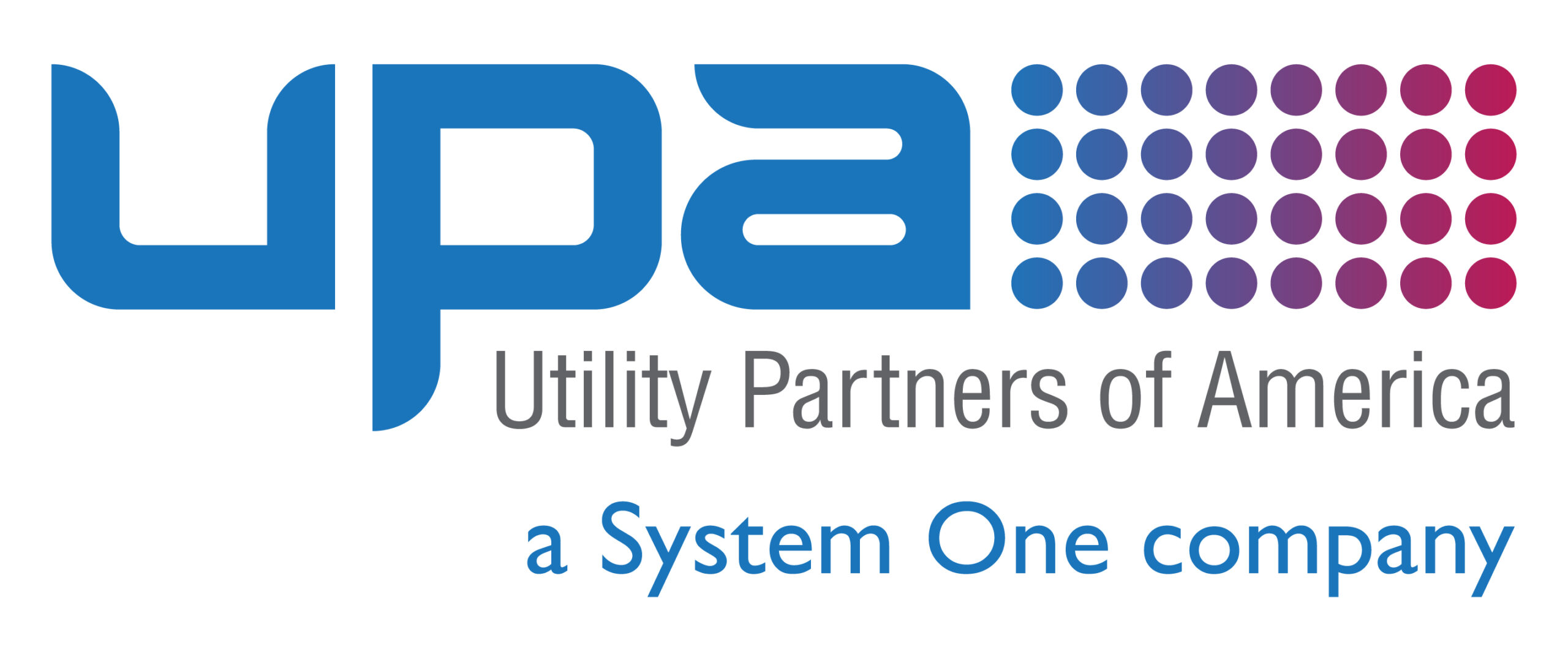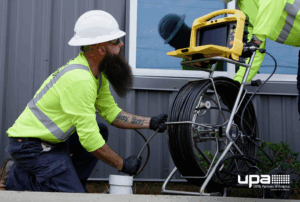6 Key Areas of Safety Management for Utility Construction
Utility construction is a vital yet inherently hazardous sector. With the complexity of tasks, ongoing equipment usage, and exposure to various jobsite hazards, a well-structured safety management program is essential. A proactive approach to safety not only protects workers but also ensures high-quality service delivery.
- Safety Training for Work Procedures
The foundation of a strong safety culture is effective training in work procedures. It’s important that everyone knows the tasks and processes they’ll be handling.This includes:
- Standard Operating Procedures (SOPs): Develop detailed SOPs for each type of work. These documents should encompass steps that maximize safety while enhancing efficiency.
- Hands-On Training: Utilize practical demonstrations, simulations, and on-the-job training to embed these procedures into daily routines. Engaging workers in the training process fosters ownership and accountability.
- Continuous Education: Regularly update training materials to reflect current regulations, technologies, and safety findings. Learning is an ongoing process; refresher courses can keep safety at the forefront.
- Jobsite Hazards
Utility construction sites can be dangerous, with heavy machinery and electrocution risks. To keep things safe, here are some simple tips for organizations- Risk Assessments: Conduct thorough risk assessments specific to each jobsite. Identify potential hazards and document the necessary control measures.
- Hazard Communication: Clearly communicate the identified hazards through signs, briefings, and safety meetings. Regular safety audits can help reinforce awareness.
- Encouragement of Reporting: Foster an environment where workers feel empowered to report hazards, near misses, and unsafe practices without fear of repercussions.
- Fire Safety and Prevention
Fire safety is a critical concern in utility construction, given the materials and equipment used. Effective fire safety management includes:- Fire Safety Training: Provide specialized training for workers on how to identify fire hazards, understand the principles of fire prevention, and use fire extinguishing equipment.
- Maintain Equipment: Ensure that all machinery is in good working condition, with specific attention paid to potential ignition sources like sparks or overheated components.
- Emergency Exits and Equipment: Designate clear access routes to emergency exits and ensure that fire extinguishers, alarms, and other fire protection equipment are easily accessible and regularly inspected.
- Personal Protective Equipment (PPE)
The use of appropriate PPE cannot be overstated in utility construction. Effective PPE training involves:- Education on PPE Types: Workers should be trained on the specific types of PPE required for their jobs, including hard hats, gloves, eye protection, earplugs, and high-visibility clothing.
- Fit and Maintenance: Emphasize the importance of the correct fit for PPE, how to maintain it, and when to replace it. Regular inspections can help ensure compliance.
- Behavioral Reinforcement: Create a culture where wearing PPE is non-negotiable. Regular checks and positive reinforcement can motivate workers to remain diligent in using their safety gear.
- Vehicle Safety
With construction sites often bustling with vehicles and heavy equipment, maintaining vehicle safety is crucial:- Driver Safety Training: Institute comprehensive training on safe driving practices, including defensive driving techniques tailored to the unique challenges of a construction site.
- Regular Inspections: Schedule routine inspections of all vehicles and machinery to catch maintenance issues before they lead to accidents.
- Traffic Management: Establish traffic control plans for the job site. Use signage, flags, and designated pathways to reduce the risk of accidents involving pedestrians and vehicles.
- Emergency Procedures
Despite the best safety measures, emergencies can occur. Preparing for these situations is paramount:- Develop Emergency Plans: Create detailed emergency response plans that outline procedures for different scenarios, including medical emergencies, fires, and natural disasters.
- Conduct Drills: Regularly practice emergency drills and scenarios with all workers to ensure everyone knows their role in a crisis. This fosters quick and effective responses.
- First-Aid Training: Equip workers with basic first-aid knowledge and access to first-aid kits on-site. Designate specific personnel for administering first aid in emergencies.
Conclusion
Safety management for utility construction requires a dedicated, multifaceted approach. By investing in safety management training and tools, employers can significantly reduce risks and create a safer work environment. In the world of utility construction, safety is not just a requirement—it’s a responsibility.
At UPA, safety is our #1 priority. We are committed to providing the best training and equipment to ensure the safety and well-being of all our employees and the communities we serve. For more information on Safety Management and Training, please visit https://utilitypartners.com/core-value-1-safety-first/




